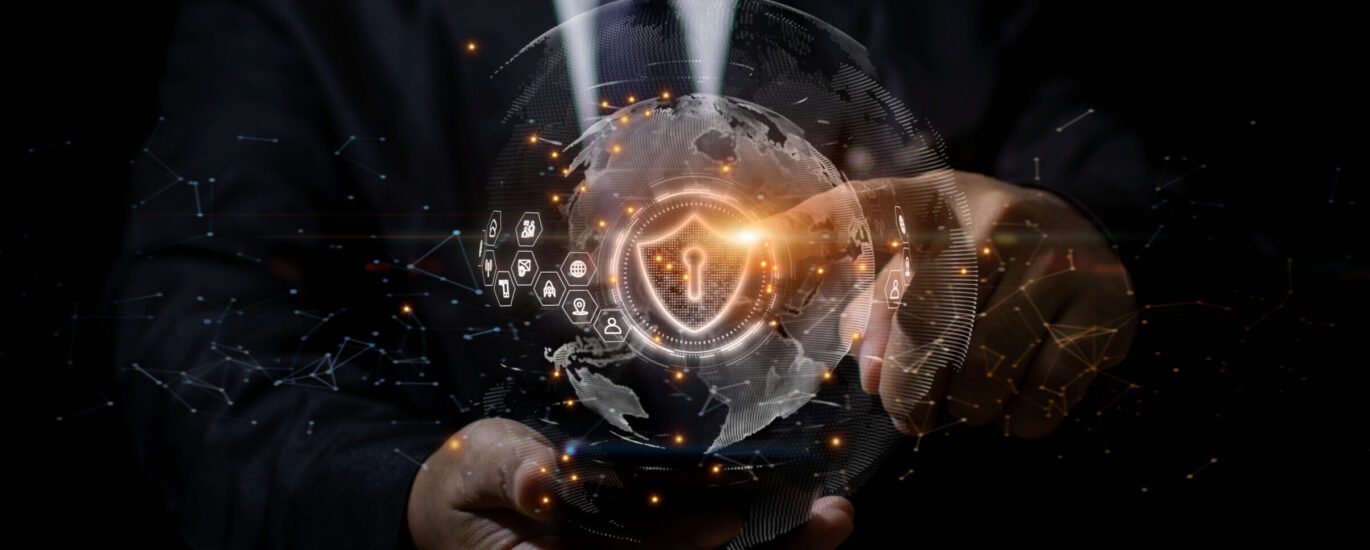Zero Trust Security (ZTS) is an innovative approach to network security that challenges the traditional perimeter-based model. It operates on the principle of “never trust, always verify,” assuming that all network traffic is potentially malicious until proven otherwise. By implementing robust access controls, multi-factor authentication, and continuous monitoring, organizations can significantly enhance their security posture and protect sensitive resources from unauthorized access.
Understanding the Basics of Zero Trust Security
At its core, Zero Trust Security focuses on the principle of least privilege access control, which ensures that users and devices have the minimum required access privileges to perform their tasks. This approach eliminates the concept of a trusted internal network and treats every user, device, and network segment as potentially untrusted.
Implementing Zero Trust Security involves several key components:
1. Microsegmentation:
Microsegmentation is the process of dividing a network into smaller, isolated segments, allowing organizations to enforce granular access controls based on user roles, device types, and other contextual factors. By limiting lateral movement within the network, microsegmentation minimizes the potential impact of a security breach.
2. Identity and Access Management (IAM):
IAM solutions play a vital role in Zero Trust Security by providing centralized control over user identities and their access privileges. These solutions enable organizations to authenticate and authorize users, assign role-based access, and manage user credentials effectively.
3. Multi-Factor Authentication (MFA):
MFA adds an extra layer of security by requiring users to provide multiple forms of authentication, such as passwords, biometrics, or security tokens. By combining something the user knows, something they have, and something they are, MFA significantly reduces the risk of unauthorized access.
4. Continuous Monitoring:
Continuous monitoring is a critical component of Zero Trust Security. By monitoring network traffic, user behavior, and system logs in real-time, organizations can detect and respond to potential security incidents promptly. This proactive approach helps identify anomalies and potential threats before they can cause significant damage.
Advanced Security Measures in Zero Trust Architecture
1. Security Orchestration, Automation, and Response (SOAR):
SOAR platforms streamline security operations by automating repetitive tasks, orchestrating incident response workflows, and integrating various security tools. By leveraging SOAR, organizations can improve incident response times, reduce manual errors, and enhance overall security effectiveness.
2. Cloud Security Posture Management (CSPM):
CSPM solutions help organizations maintain a secure cloud environment by continuously monitoring cloud configurations, identifying misconfigurations, and providing remediation recommendations. By ensuring compliance with industry standards and best practices, CSPM minimizes the risk of data breaches and unauthorized access in cloud environments.
3. Data Loss Prevention (DLP):
DLP solutions help organizations prevent the unauthorized exfiltration of sensitive data by monitoring and controlling data in motion, at rest, and in use. By classifying data, detecting policy violations, and enforcing encryption, DLP solutions protect valuable information from accidental or intentional data leaks.
4. Network Segmentation:
Network segmentation divides a network into smaller subnetworks, limiting the impact of a security breach and preventing lateral movement within the network. By segmenting networks based on business functions, user roles, or security requirements, organizations can isolate sensitive data and critical systems from potential threats.
5. Endpoint Detection and Response (EDR):
EDR solutions provide real-time visibility into endpoint activities, detect and respond to advanced threats, and facilitate incident investigation. By monitoring endpoints for suspicious behavior, EDR solutions help organizations identify and mitigate potential security incidents before they can cause significant damage.
6. Threat Intelligence Platform (TIP):
TIP solutions aggregate, analyze, and share threat intelligence from various sources, enabling organizations to proactively defend against emerging threats. By leveraging threat intelligence, organizations can enhance their incident response capabilities and stay ahead of evolving cyber threats.
7. Security Information and Event Management (SIEM):
SIEM solutions collect and analyze security event logs from various sources, providing real-time insights into potential security incidents. By correlating events, detecting anomalies, and generating actionable alerts, SIEM solutions enable organizations to detect and respond to security threats effectively.
The Role of Security Operations Center (SOC)
A Security Operations Center (SOC) plays a crucial role in implementing and managing Zero Trust Security. A SOC is a dedicated team responsible for monitoring, detecting, and responding to security incidents. By leveraging advanced security tools, threat intelligence, and incident response procedures, SOC teams ensure the effective implementation of Zero Trust Security principles.
In conclusion, Zero Trust Security is a comprehensive approach that challenges traditional network security models. By implementing robust access controls, multi-factor authentication, continuous monitoring, and advanced security measures, organizations can significantly enhance their security posture and protect sensitive resources from unauthorized access. Embracing Zero Trust Security principles and leveraging the latest security technologies will help organizations stay ahead of evolving cyber threats and safeguard their critical assets.




